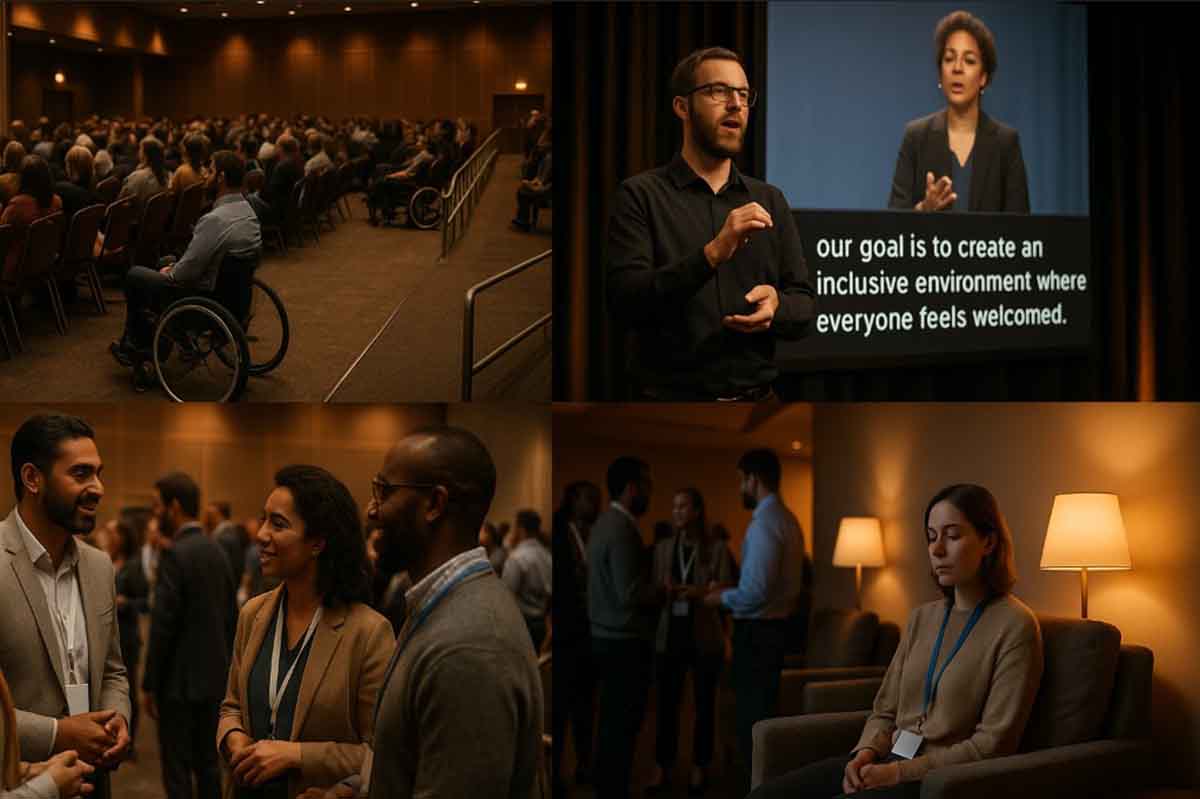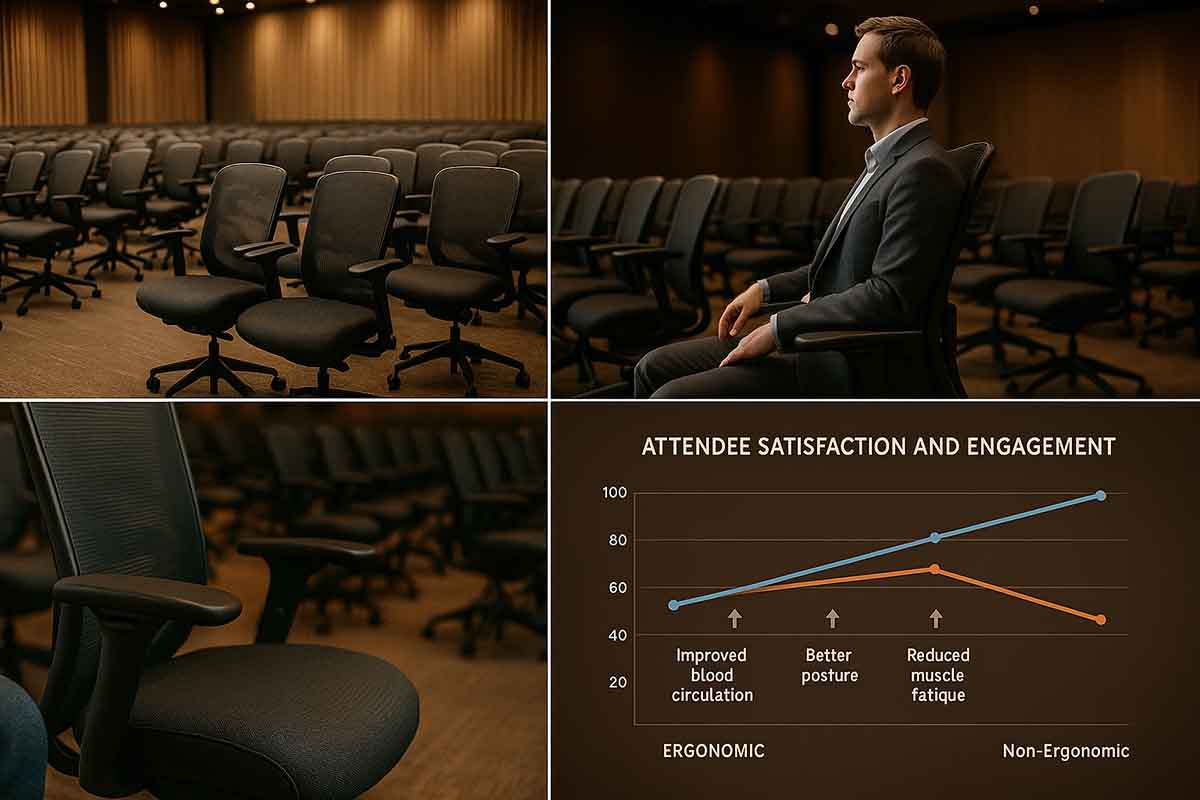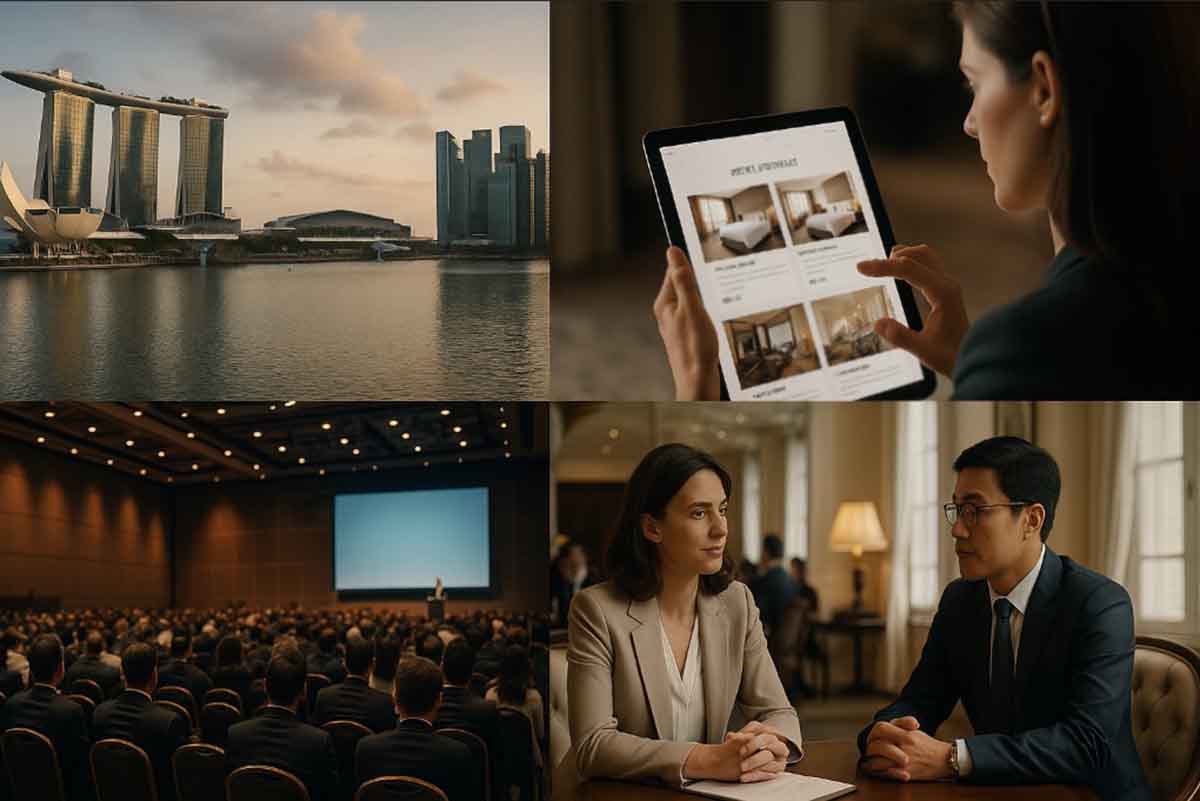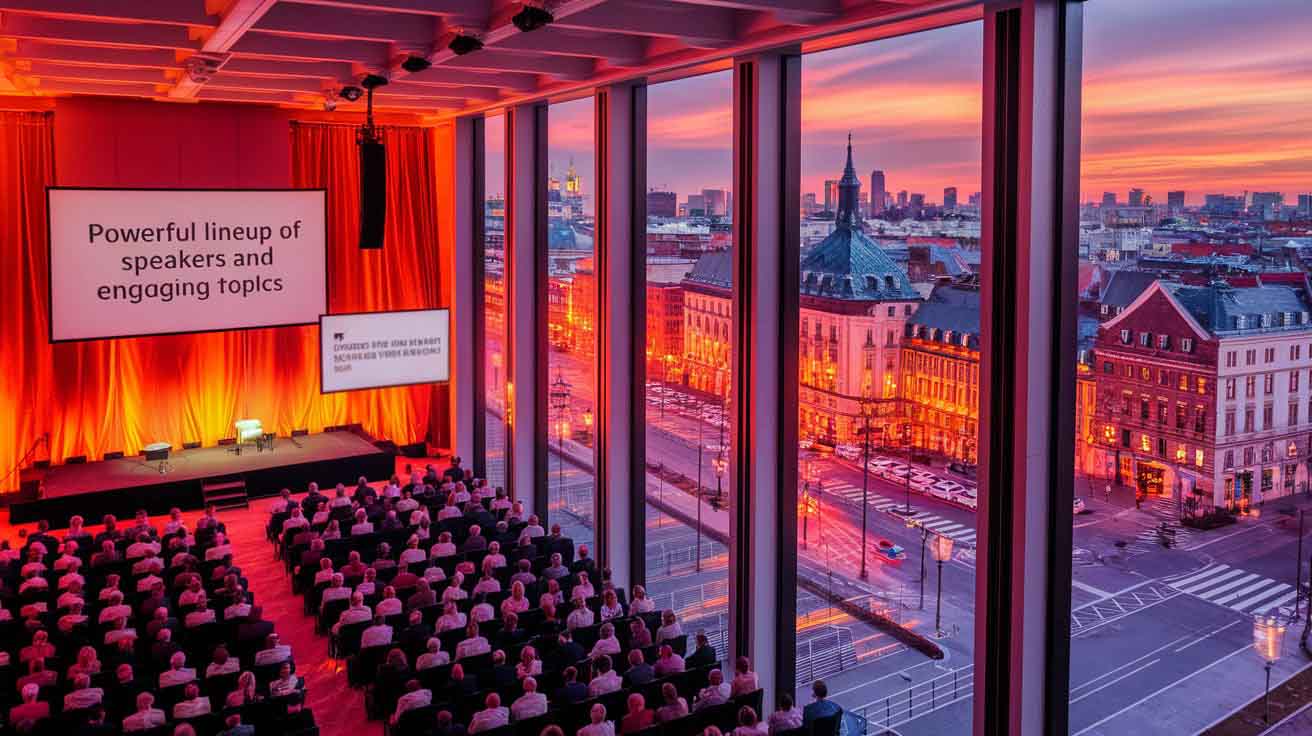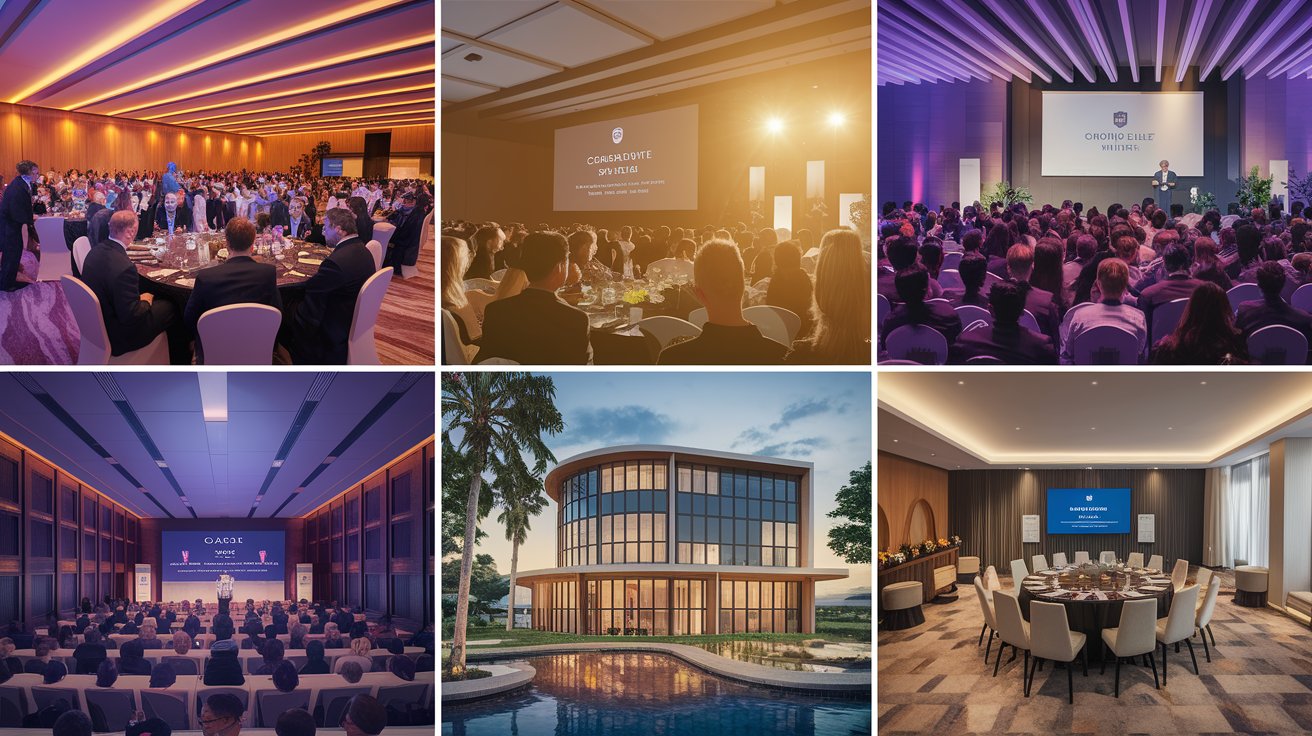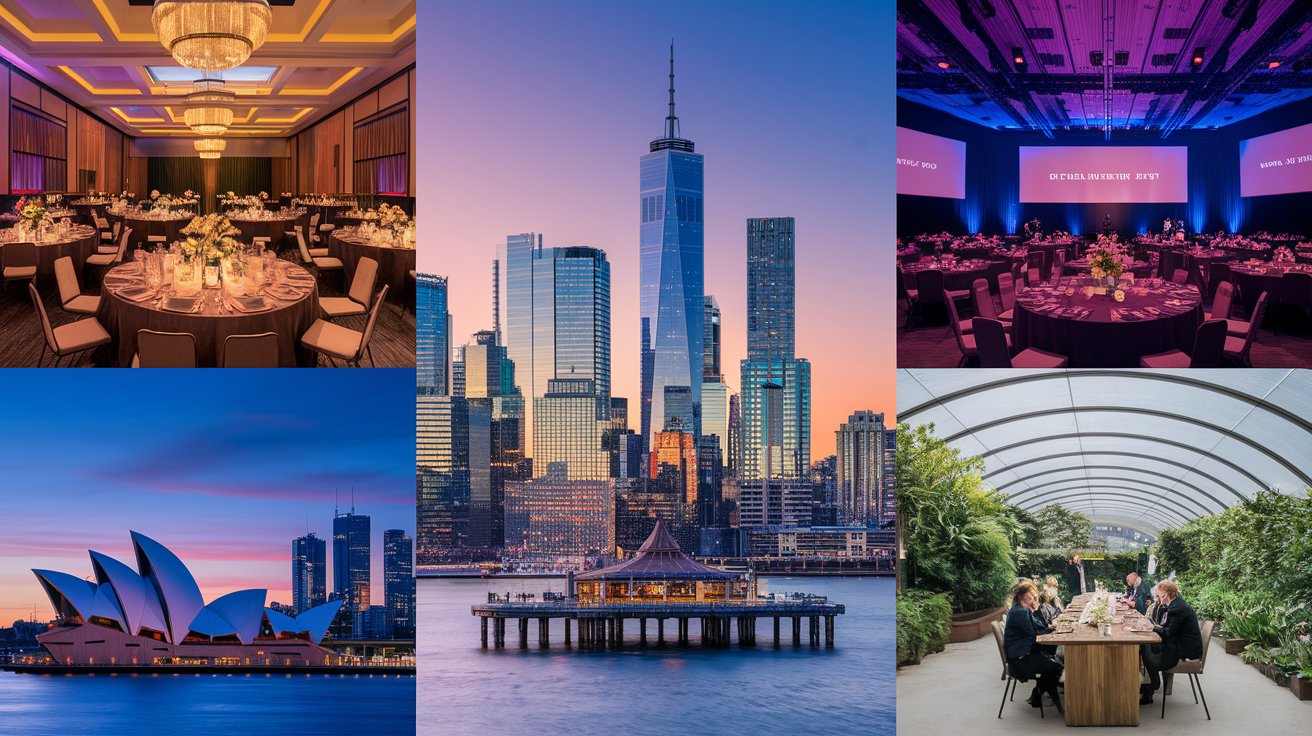Creating Inclusive Conference Experiences for All Attendees
A Broader Home for Everyone: How to Host a Truly Inclusive Conference
Conferences are more than just gatherings of speakers and audiences. They offer opportunities for global knowledge-sharing, connection, and lasting relationships. For any organization aiming to create a meaningful and fair experience, it’s essential to consider every attendee regardless of their physical ability, culture, language, or background.
‣ Planning for inclusivity starts early: consider physical, digital, and cultural barriers from the beginning.
‣ Small details like signage, food choices, and live captioning make a big difference.
‣ Ongoing feedback, community engagement, and responsive updates keep a conference relevant and welcoming to all.
Why Inclusive Participation Matters
Imagine a speaker who uses a wheelchair, a senior with hearing loss, and a young professional from abroad still learning English. They sit in the same room, expected to engage with the same content. If the event design fails them, the conversation suffers and so does everyone’s potential for connection.
Research shows that when participation is equitable, discussions become richer and ideas more diverse. It also builds a positive reputation for organizers, drawing more attendees and future sponsors.
Physical Design That Welcomes All Bodies
From Doorway to Main Hall
Start with transportation. Whether the venue is in Paris or São Paulo, it should be accessible via public transit with clear signage guiding guests. At the entrance, ramps and automatic doors are a must. Even a small step can be a barrier for someone using a mobility device.
Inside, hallways should be wide enough for two wheelchairs to pass side by side. Place registration desks at a reachable height for seated guests, and provide separate lines for those with specific needs to avoid long waits.
Flooring, Lighting, and Sound
Avoid slippery floors and use materials with good traction. Lighting should be balanced, not too dim or too harsh to support attendees with visual conditions. Sound systems must be clear without being loud. For video content, use large screens with high contrast and avoid glare from windows.
Thoughtful Facilities
Provide a quiet room for guests sensitive to sensory input. If children or infants are present, include a family room with comfortable seating and basic necessities. Remember, caregivers and family members are also part of the event experience.
Inclusive Digital Content
Live Captions and Interpreters in All Sessions
Assign a captioner and sign language interpreter for both the main plenary and breakout sessions. Use WCAG 2.1-compliant software for online streaming. This ensures that a participant in Nairobi or Madrid can join virtually without barriers.
For pre-recorded videos, upload transcripts ahead of time. Do not leave your audience waiting, especially those with hearing impairments.
Multilingual Documents and Apps
Publish agendas, maps, and FAQs in more than one language. Use commonly spoken industry languages like English, Mandarin, Spanish, and Arabic. If you offer a mobile app, allow font size adjustments and color contrast options. This is especially helpful for those with limited vision.
Secure and Simple Logins
Make sign-in simple for new users. Use single sign-on and avoid requiring complex passwords for short-term guest access. Provide two-step verification with options via text or email, recognizing not everyone has a smartphone with an authenticator app.
Cultural and Equitable Engagement
Thoughtful Language and Global Courtesy
Participants may come from Helsinki, Accra, or São Paulo. Use clear, neutral English on stage. Avoid regional idioms and jargon. Speak slowly and clearly so captioning tools can keep up.
Respect cultural norms beyond language. Offer vegetarian and halal food at every buffet. Label all items clearly so guests don’t have to guess.
Valuing Diverse Voices
Invite panelists from different continents, but do not treat them as token guests. Give them equal speaking time and avoid framing them as cultural representatives. A good moderator ensures all speakers share personal stories without taking time from others. This creates a more balanced and respectful discussion.
Sensory-Friendly Environment
Managing Light, Scent, and Sound
Loud music, flashing lights, or strong perfumes can cause sensory overload. Use adjustable lighting and keep volume at a reasonable level. Ask staff and vendors to avoid wearing strong scents during the event.
Visual Support
Always pair announcements with visual cues. For example, display a timer on a large screen during Q&A sessions. This helps attendees with auditory challenges or attention difficulties.
Quiet Room and Rest Areas
Designate a silent room with soft lighting, blankets, or beanbags. This helps attendees with autism or anxiety take a break. Mark the room clearly on the venue map and train ushers to guide people there as needed.
Networking That Includes Everyone
Meaningful connections often happen outside the lecture hall. Ensure round tables are spaced well to accommodate mobility aids. Assign facilitators to help shy or new attendees connect. For speed-meetings, use timers and visible prompts so participants with body language challenges can fully engage.
If there’s a gala dinner, show captioned videos and create a quiet section for conversations away from loud music. Share the menu in advance to help those with dietary restrictions plan accordingly.
Quick Accessibility Checklist
- Pathways: Are there clear signs from airport or train to the registration desk?
- Seating: Is there space in each row for wheelchairs or service animals?
- Audio: Does every room support captioning or hearing loops?
- Food: Are allergen and religious food items labeled?
Measuring and Improving Continuously
Don’t pack up as soon as the final talk ends. Feedback is where real progress begins. Send out a short survey asking about accessibility, cultural respect, and digital experience. Use clear rating scales and optional comment boxes to gather emotions and suggestions.
Analyze the responses with purpose. If over half the attendees mention long lines at the accessible restroom, prioritize changes in the next edition. Share your findings on your website and social platforms to show transparency and commitment. Actions like this build trust and show you genuinely care about your community.
The true success of a conference lies not in stage lights or flashy visuals but in the number of people who leave feeling seen, respected, and included. When we remove barriers from physical spaces to online access, we create a place where everyone contributes their experience. This is how meaningful change grows across the global conference space.
